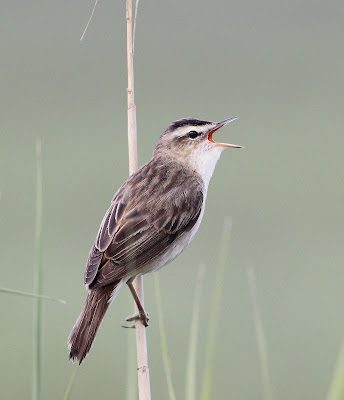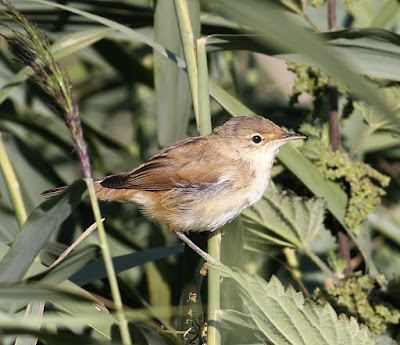How soon spring turns to summer, by the calendar that is, not the actual weather. May 2021 has been both the coldest and wettest on record up here in the Frozen North. Thursday morning was fairly warm by recent standards and I took the opportunity to visit a couple of spots out Pilling way.
There was an Oystercatcher to check in the field where last week we ringed three Lapwing chicks. There may be more Lapwings to come from distant adults when they bring their young towards the coast via the path. And perhaps young Oystercatchers from the three egg nest located today. Oystercatcher incubation is around 25 days, therefore, allowing for the uncertain days of laying, the date of egg hatching should be close to 13 June. I marked my diary with “Oyks Pilling”.
A pair of Oystercatchers has just one breeding attempt each year. It is said that if at first they don’t succeed they do not try again, but as long lived birds, up to 30 years, they have lots of time to make up for unproductive years.
Meanwhile and not too far away a pair of Pied Wagtails was busy feeding young, the nest hidden in a thick tuft of grass alongside a watery ditch. Both birds had hung around the same spot for weeks without giving much away. The young were pretty big so were quickly ringed and put back in their nest, and then covered with a cloth for a couple of minutes so as to settle them back in their dark hidey hole.
Pied Wagtail
Along the same waterway was the now regular Great Egret, destined perhaps to spend the summer here out of sight and out of mind. Two Grey Heron but no Little Egrets. Not far away was a single Wheatear, a remnant from recent migration and not likely to breed hereabouts.
Part of the day's task was to find Skylarks, and plenty there were, upwards of 8 singers in several hundred linear yards so potentially the same number of pairs. Skylark nests are difficult to locate and May has been so cold and wet that the chances of finding active nests was close to zero. However I chanced upon a pair in the early stages of nest building below a fence post and entered another marker in the diary “Skyla East End 15 June.”
In nearby reedy pools and scrapes were 6 Tufted Duck, 2 Little Grebe and many active Sedge and Reed Warblers zipping around the reeds and in and out of the vegetation. Like other species this year, the “Acros” were late to arrive, late to start but now seem intent on making up for lost time.
Sedge Warbler
Reed Warbler
The Tufted Ducks involved themselves in some sort of group courtship behaviour which consisted of males sailing off over the water, closely followed by a noisily quacking female. That guy looks a little henpecked. Maybe the picture is worthy of a caption contest - “Don’t be long. And what time will you be back?”
That reminds me. I have a few chores to finish. Back soon.
Linking at weekend to Eileen's Saturday Blogspot and Anni in Texas.














































































